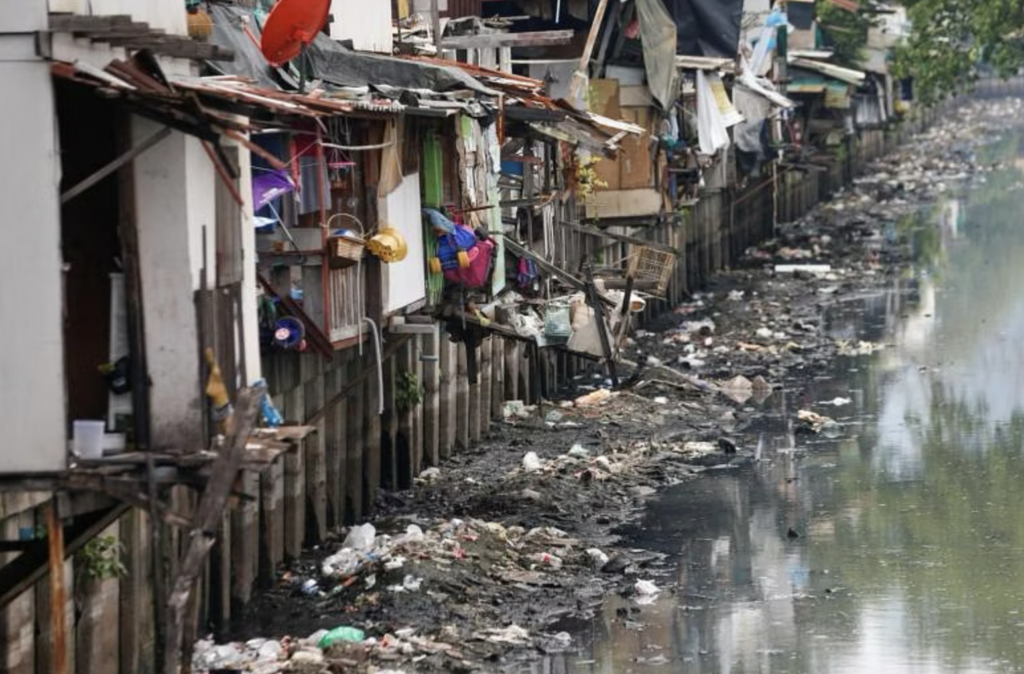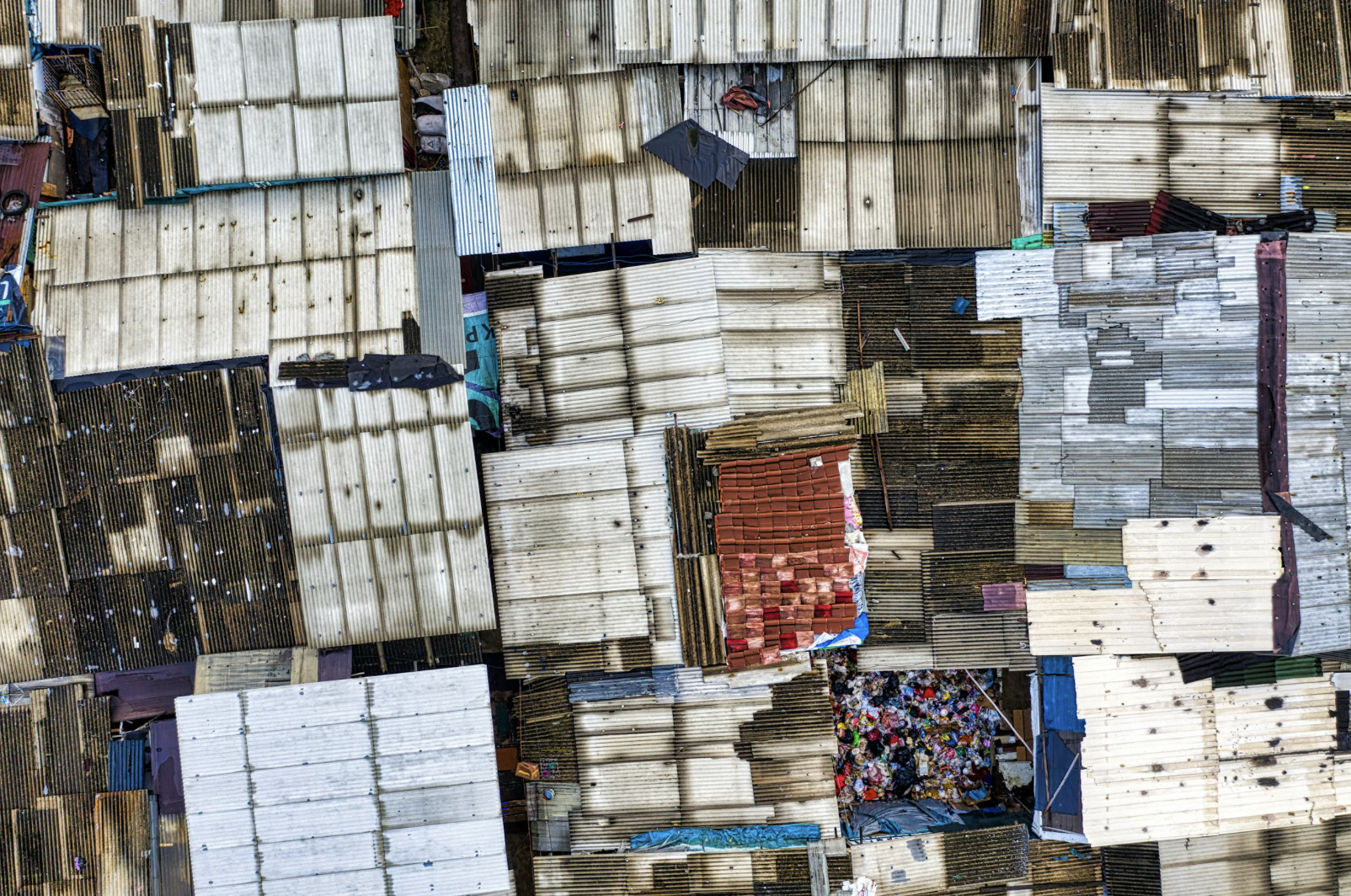Through today’s rapidly developing technological advancements, medicine has reached a new height in diagnosing, treating, and preventing diseases and illnesses. However, it’s easy to forget that preventable diseases still continue to affect millions around the globe – especially in developing countries – despite the progress made.
45 nations across the globe are considered to be third-world countries facing severe public health challenges due to the prevalence of diseases such as malaria, tuberculosis, and diarrheal illnesses. The truth is, these diseases are easily preventable with simple, cost-effective interventions.
The phrase “third world” was coined during the Cold War to refer to those countries that did not support NATO or the Warsaw Pact. The majority of these countries were characterised as being economically poor and underdeveloped. The modern definition is now more generally characterised and refers to “developing countries” or “least developed countries” where there are high poverty rates, economic and/or political instability, and high mortality rates. [1]
So, why are these diseases so prevalent in third world countries?
Poverty is the leading cause of these health concerns. Poverty means less money, less access to resources, and individuals in poverty typically live in low sanitation areas with an overcrowded population.
Thus, infectious diseases and Neglected Tropical Diseases (NTDs) are higher in countries with high rates of poverty. NTDs are predicted to affect over 1 billion people, with 1.6 billion requiring NTD therapies (both preventive and curative). We can explain these more readily by the socio-economic situation than solely by the climate.
Take TUBERCULOSIS as an example. Tuberculosis is prevalent globally, but certain regions –developing countries– have a larger strain of the disease due to overcrowding, poor living conditions, and limited access to healthcare.
High TB burdens can be seen in countries such as; China, India, Indonesia, Nigeria, Pakistan, and South Africa. Other airborne diseases include measles, mumps, and diphtheria, which are rare in developed countries due to widespread vaccination programs.
Since 2015, Thailand has been on the global list of high-burden countries for tuberculosis (2016–2020), released by the World Health Organisation (WHO). TB incidence in Thailand is 1.3 times the global rate [2]. The reported diagnosis is only 59% of the predicted total number of patients. This implies a delay in or lack of access to treatment, which leads to the spread of TB throughout the community.

To improve this, the Thailand Operational Plan to End Tuberculosis 2017–2021 was born [3].
This operation included five strategies:
- Ensure full coverage screening in risked populations, increasing healthcare facility and community coverage in diagnosing, treating, and caring for TB.
- Ensuring full treatment for all TB cases and reducing the TB mortality rate by half
- Enhance resource capacity in TB prevention, treatment, and control by developing an internet-based data system.
- Sustain political commitment by mobilising resources for TB prevention, care, and control, establishing funds for AIDS, TB, and malaria, and promoting law enforcement.
- Promote research and innovation in tuberculosis prevention, treatment, and control.
Thailand is no longer on the global lists of high-burden countries for TB, HIV-associated TB, and drug-resistant TB as of June 2021.
The key to limiting transmission is vaccinating those in contact, strictly isolating those infected, and implementing preventive procedures for healthcare workers. It would be beneficial to also invest in improving healthcare facilities in rural areas and housing projects to ensure adequate ventilation, natural light access, and sanitary facilities to slow the spread of disease.
In addition to housing improvements, governments can engage in infrastructure development to increase rural residents’ access to clean water and sanitation services. One in every four people doesn’t have access to clean water, resulting in millions of deaths each year. Dysentery, rotavirus, hepatitis, and cholera are examples of diseases that can be avoided with simple precautions. While it may appear to be a major obstacle in some parts of the world, even small initiatives such as establishing water filtration systems or promoting hygienic practices can have a significant impact.

CHOLERA is an infection of the small intestine by some strains of the bacterium Vibrio cholerae and is spread by the faecal-oral route. Cholera is thought to have originated in the Ganges delta, which runs across India and Bangladesh, making it one of the world’s cholera hotspots. [4]. According to estimates from WHO and UNICEF, 2.4 billion people lack access to basic sanitation facilities, and over two billion people drink water contaminated by human waste [5].
The Global Task Force on Cholera Control (GTFCC), WHO, has launched ‘Ending Cholera: A Global Roadmap to 2030’ alongside the Bangladeshi government.
These efforts include [6]:
- Establishment of Rapid Diagnostic Tests (RDT) for cholera identification to aid proper and timely case management in all public health facilities
- Ensure regular need-based supply of logistics and other resources to support early diagnosis and timely management of cases to stop the transmission of cholera in the community.
- Ensuring oral cholera vaccine is delivered to the target population
- Installation of piped water systems to provide access to safe drinking water.
- Strengthen the implementation of hygiene-related activities.
Similarly, Zimbabwe has implemented comprehensive Water, Sanitation, and Hygiene (WASH) programs to improve access to safe water and sanitation facilities in both rural and urban areas to fight cholera.

MALARIA is another prevalent disease. This mosquito-borne disease claims hundreds of thousands of lives a year. Yet, in many cases, the solution lies in something as basic as a mosquito net. The distribution of mosquito nets by the Ugandan and Ghanaian governments is a perfect example of how a relatively simple intervention can have a huge impact. Since distributing mosquito nets to vulnerable populations, both countries have experienced a drop in the rate of malaria cases and deaths.
As many as 740 million people worldwide have HOOKWORM DISEASE [7]. Hookworms are transmitted when the larvae in contaminated soil penetrate the skin. Simply providing appropriate footwear can mitigate the risk of being infected in the first place. Almost one third of Kenya’s population was infected with hookworm. To treat, contain, and prevent the disease, Kenya has conducted national deworming campaigns targeting school-age children to control parasitic infections like hookworm, roundworm, and whipworm [8].
The crux of the matter is that combating infectious diseases doesn’t require cutting-edge medical technology; instead, political will, community involvement, and strategic planning are key. Despite the apparent benefits, challenges continue to arise. Inadequate funding, a lack of infrastructure, or unstable political environments could make it difficult to carry out these projects successfully. Raising awareness and changing behaviour within a community can also be gradual processes that call for constant effort.
However, by focusing on simple, low cost solutions coupled with persistence and collaboration, progress can be made in preventing and controlling infectious diseases. This can lead to an overall healthier community, and it will free up healthcare resources for other urgent concerns.
Even the smallest actions can have a big impact on improving health and saving lives. By confronting these challenges head on, we can work towards a healthier and safer global community.
Reference:
- Corporate Finance Institute. (n.d.). Third World. [online] Available at: https://corporatefinanceinstitute.com/resources/economics/third-world/#:~:text=The%20modern%20definition%20of%20%E2%80%9CThird [Accessed 11 Mar. 2024].
- Thailand Operational Plan to End Tuberculosis 2017-2021. (n.d.). Available at: https://www.tbthailand.org/download/Manual/Thailand%20Operational%20Plan%20To%20End%20%20TB_2017_2021.pdf [Accessed 12 Mar. 2024].
- Chinpong, K., Thavornwattana, K., Armatrmontree, P., Chienwichai, P., Lawpoolsri, S., Silachamroon, U., Maude, R.J. and Rotejanaprasert, C. (2022). Spatiotemporal Epidemiology of Tuberculosis in Thailand from 2011 to 2020. Biology, [online] 11(5), p.755. doi:https://doi.org/10.3390/biology11050755.
- Das, R., Nasrin, S., Palit, P., Sobi, R.A., Sultana, A.-A., Khan, S.H., Haque, Md.A., Nuzhat, S., Ahmed, T., Faruque, A.S.G. and Chisti, M.J. (2023). Vibrio cholerae in rural and urban Bangladesh, findings from hospital-based surveillance, 2000–2021. Scientific Reports, 13(1). doi:https://doi.org/10.1038/s41598-023-33576-3.
- Progress on Drinking Water, Sanitation and Hygiene Update and SDG Baselines. (2017). Available at: https://iris.who.int/bitstream/handle/10665/258617/9789241512893-eng.pdf?sequence=1 [Accessed 13 Mar. 2024].
- NATIONAL CHOLERA CONTROL PLAN (NCCP) FOR BANGLADESH Communicable Disease Control Directorate General of Health Services Health Service Division, MOH&FW Bangladesh. (2019). Available at: https://www.gtfcc.org/wp-content/uploads/2022/09/national-cholera-plan-bangladesh.pdf [Accessed 12 Mar. 2024].
- Cleveland Clinic. (2021). Hookworm Disease: What Is It, Causes, Symptoms & Treatment. [online] Available at: https://my.clevelandclinic.org/health/diseases/14072-hookworm-disease [Accessed 12 Mar. 2024].
- Njomo, D.W., Kairu, C., Masaku, J., Mwende, F., Odhiambo, G., Musuva, R., Matey, E., Thuita, I.G. and Kihara, J.H. (2019). Perceptions and Experiences of School Teachers During the Implementation of a School-Based Deworming Activity in Kenya. The East African Health Research Journal, [online] 3(1), pp.57–64. doi:https://doi.org/10.24248/EAHRJ-D-18-00028.


